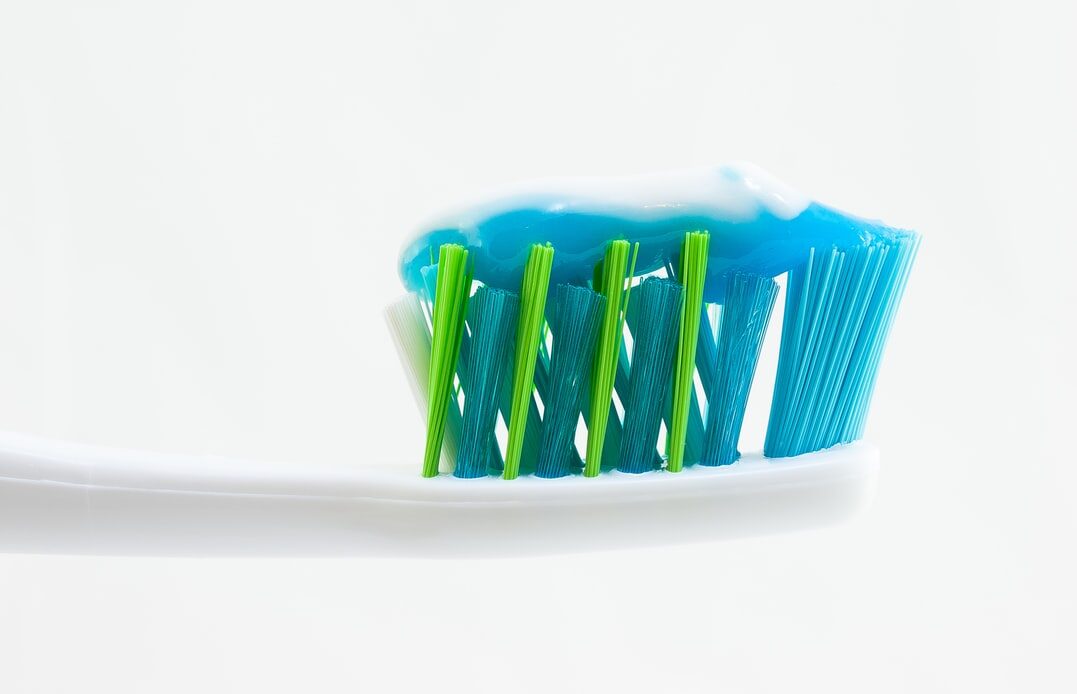The most common diseases of the teeth and periodontium: Diseases of the teeth and periodontium, attack at any age. They are the cause of complexes and malaise. This is a serious health problem that, if left untreated, can lead to tooth loss. What are the most common diseases of the teeth and periodontium and when should you visit the dentist?
Periodontitis and its consequences
Periodontitis is a disease that can affect people of all ages. Also known as periodontitis, it affects the tissues and gums that surround the teeth. Its main cause is poor oral hygiene and eating large amounts of sugar-rich foods. If we do not brush our teeth, a deposit forms on their surface, which turns into tartar over time. On its surface, pathogenic bacteria feed, which cause inflammation. The most common symptoms of periodontitis are spontaneous bleeding of the gums, their swelling and redness, exposed tooth necks and an unpleasant taste in the mouth.
If you notice any of the above symptoms, it is worth going to the dentist. Checking the condition of the oral cavity at least once every six months at the dentist’s office is crucial in preventing this disease. In the early stage of periodontitis, cleaning teeth from tartar performed by a doctor is an effective conservative method. The bare minimum is flossing and brushing your teeth and tongue thoroughly at least twice a day. In addition, once every six months, we should go to the dentist for a teeth sandblasting treatment, because untreated periodontitis can lead to the loss of healthy teeth.
- https://www.ladniepieknie.pl/pozycjonowanie-wroclaw/
- https://www.rangerspoland.com.pl/preparat-na-lamliwe-paznokcie/
- https://www.videofotomix.pl/czesci-samochodowe-ktore-warto-regularnie-sprawdzac/
Gingival hyperplasia
The condition of the gums significantly affects the quality of life. The cause of their hypertrophy may be the use of certain medications and hormonal contraception. The characteristic feature of gingival hyperplasia are pathological changes within them, which are not accompanied by loss of alveolar bone.
Cannons become swollen, change color from pale pink to deep red and even blue. Bleeding occurs during eating and brushing.
Before starting the treatment of gingival overgrowth, the cause of the occurrence should be diagnosed. Swelling or increasing bleeding may be the initial symptom of systemic diseases in our body. The best solution is to visit a dentist who will help in identifying the cause of the disease. In the case of advanced changes, the dentist will decide whether laser therapy or surgical intervention is necessary.
To avoid gum overgrowth, you should brush your teeth thoroughly, remembering to clean the interdental spaces with dental floss. It is also advisable to use mouthwashes and regular visits to the dentist.
- rtv-24.com.pl
- sklep-kosmetyczny.com/frezy-prozniowe-weglikowe-i-karbidowe-c-792_861_995.html
- fotowoltaika24.biz.pl/oferta/fotowoltaika-gdynia/
Dental cysts
A dental cyst is a visible lesion with a fluid-filled epithelial sheath. Most often they appear in the maxillofacial area. They can develop without any symptoms and be detected during a panoramic X-ray of the teeth. When there is an inflammation sign when a cyst appears, there is pain and swelling. Their direct cause is the inflammation of the peri-surface tissues of the tooth, and precisely the bacteria that, as a result of caries, get through the dental canal to the root of the tooth.
Most often, dentists decide to remove them surgically. Surgery to enucleate the cyst usually results in tooth extraction or excision of its root. Cysts less than 8 mm in diameter are treated endodontically. After surgery to remove the cyst, the dentist usually prescribes an antibiotic to the patient. Untreated cysts can lead to severe pathogenic conditions. The teeth loosen and begin to fall out.
Pulp inflammation
Tooth pulp inflammation is the result of untreated caries. It is manifested by pain, which at the very beginning makes itself felt when consuming cold drinks and sweet foods. In the advanced stage, the pain is constant, even in the supine position, and recurs. Her throbbing and very nagging. In addition, there are symptoms such as headache, sore throat and even fever. If we report to the dentist in the first stage of pulpitis, he can inhibit pain and swelling by removing caries and implementing conservative treatment. If we delay visiting the dentist’s office, the process of pulpitis cannot be cured. Removal of the caries will not bring relief and the damaged pulp will have to be completely removed.
Unfortunately, patients very often ignore toothache that occurs due to inflammation of the pulp. Consultation at an early stage of necrotic changes allows the dentist to implement appropriate forms of treatment and prevent dangerous complications.
The consequence of pulpal necrosis may be the formation of cysts, fistulas, granulomas, as well as abscesses and periostitis. If the bacteria get into the bloodstream, we can get myocarditis and even sepsis.
As with other dental diseases, good oral care and frequent check-ups at the dentist’s office can help prevent pulpitis.








